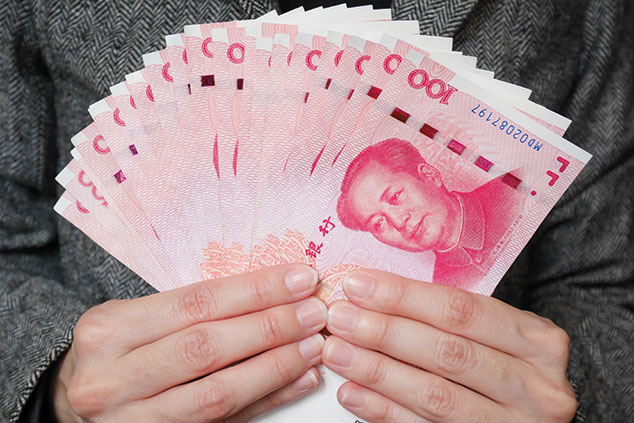
China’s currency made headlines over the summer when policymakers in Beijing allowed it to fall to an 11-year low against the dollar, sparking US claims that the country was a “currency manipulator”. The value of the yuan is set through a “managed float” system, with the price determined by a combination of market forces and central bank intervention. August’s move above the seven-to-the-dollar mark, previously regarded as a “line in the sand”, triggered speculation that a larger slump was coming.
Such a fall would have wide-reaching economic implications, potentially triggering a retaliatory “currency war” and sending a deflationary shock through the global economy. Yet the yuan’s newfound strength didn’t last long, writes Tian Chen for Bloomberg News. With conflicting signals coming from negotiators, the yuan spent “less than two days on the strong side of seven” before falling back.
The date and location of the signing of the much vaunted “partial trade deal” have yet to be confirmed. Analysts expect the currency to finish the year above seven to the dollar. “We wouldn’t get too excited about the yuan,” says Dominic Schnider of UBS Global Wealth Management. Economic activity in China remains weak and “the pendulum of trade tensions can shift quickly”.